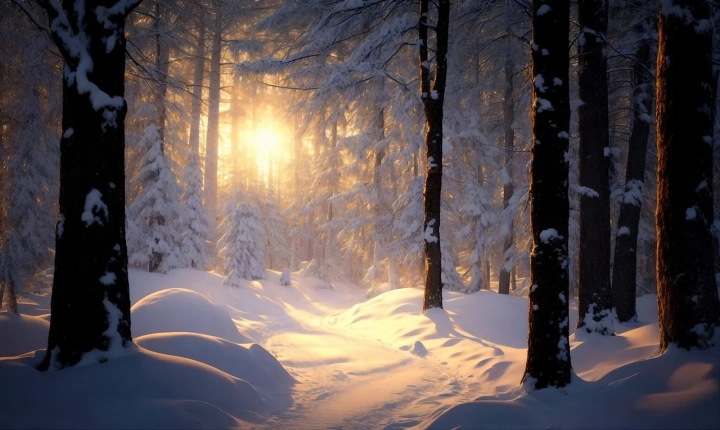Title: How to Generate Your Own AI Art
Artificial intelligence (AI) has opened up new possibilities for creative expression, particularly in the realm of visual art. With the help of AI, individuals can create stunning and unique artworks without the need for traditional artistic skills. In this article, we will explore the exciting world of AI art generation and offer a step-by-step guide for creating your own AI art.
1. Choose an AI Art Generation Tool
There are several AI art generation tools available that allow users to create artwork using AI algorithms. Some popular options include DeepArt, Runway ML, and Deep Dream. These platforms utilize machine learning and neural networks to transform images into artistic creations. It’s important to explore different tools and find one that best suits your artistic vision and technical abilities.
2. Collect Source Images
Before diving into the AI art generation process, you’ll need to gather a collection of source images to use as a basis for your artwork. These images can be photographs, digital paintings, or any visual content that inspires you. Choose high-quality images with clear details and contrast to ensure the best results from the AI art generation process.
3. Understand AI Art Techniques
AI art generation techniques vary depending on the specific tool or platform being used. Some tools offer style transfer, which involves applying the artistic style of one image to another, while others allow for the creation of entirely new artworks based on provided images. It’s important to familiarize yourself with the techniques offered by your chosen AI art generation tool to effectively utilize its capabilities.
4. Experiment with Parameters and Styles
Once you have selected your source images and have a basic understanding of the AI art generation technique, it’s time to experiment with different parameters and artistic styles. Many AI art generation tools offer customizable settings that allow users to fine-tune the output according to their preferences. By adjusting parameters such as color, texture, and style intensity, you can create a wide range of unique AI-generated artworks.
5. Refine and Modify
Creating AI art is an iterative process, and it often requires refining and modifying the generated artworks to achieve the desired results. After the initial AI art generation, don’t be afraid to further edit the artwork using traditional image editing software. This can involve adjusting colors, adding or removing elements, or combining multiple AI-generated images to create a composite artwork.
6. Explore Ethical and Legal Considerations
As with any form of creative expression, it’s important to consider the ethical and legal implications of AI art generation. Some AI art tools and platforms have specific terms of use regarding copyright and intellectual property rights. Additionally, questions surrounding authorship and ownership of AI-generated artworks continue to be debated within the art community. Be sure to familiarize yourself with these considerations and respect the rights of creators and copyright holders.
7. Share and Showcase Your AI Art
Finally, once you’ve created your own AI art, consider sharing it with others and showcasing your creations. You can share your artwork on social media platforms, display it in online galleries, or even submit it to AI art exhibitions and competitions. Sharing your AI art not only allows you to connect with other artists and enthusiasts but also contributes to the growing conversation around AI and creativity.
In conclusion, AI art generation provides an exciting avenue for individuals to explore their artistic creativity and produce captivating visual artworks. By following the steps outlined in this article and experimenting with different AI art generation tools and techniques, anyone can create their own AI art and participate in the evolving landscape of AI-generated creativity.
